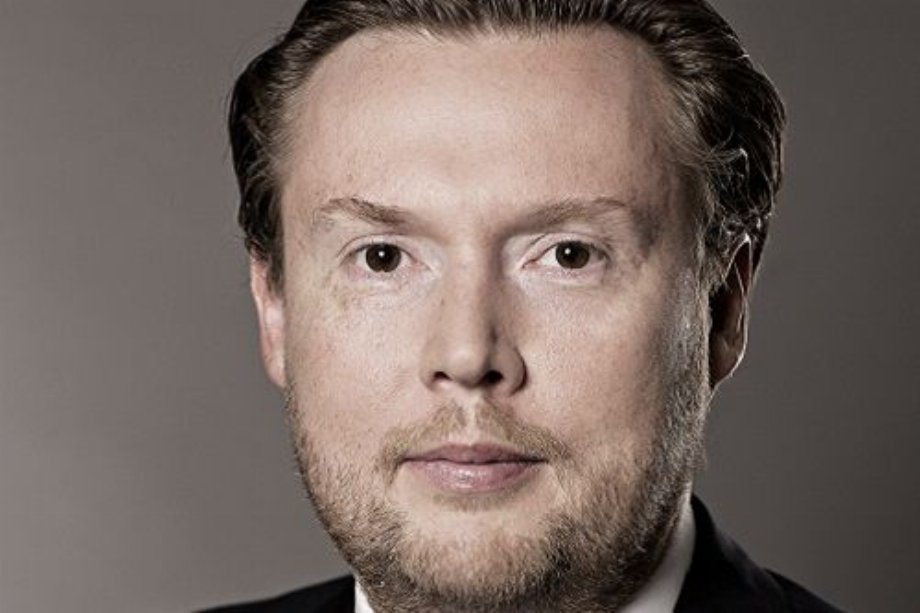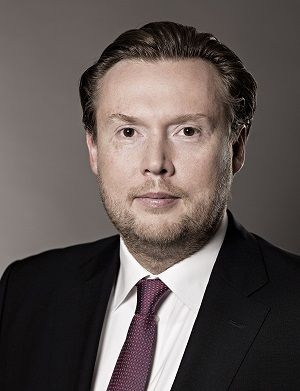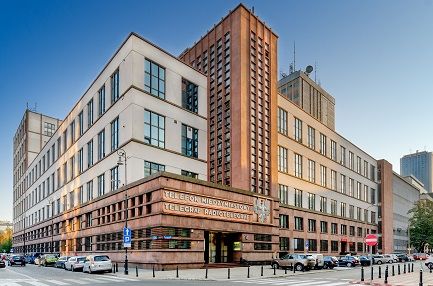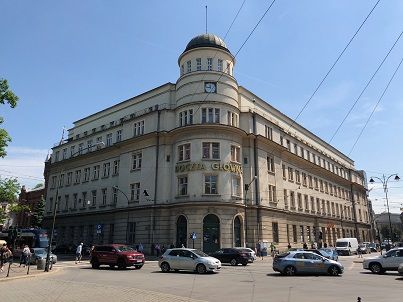A recipe for success
Peter Noack, a co-founder of ZEITGEIST Asset Management, says how the firm put together rich experience from Germany and Austria, to enjoy the sweet smell of victory. INTERVIEW BY SANKHYAYAN DATTA

Peter Noack, a co-founder of ZEITGEIST Asset Management, says how the firm put together rich experience from Germany and Austria, to enjoy the sweet smell of victory. INTERVIEW BY SANKHYAYAN DATTA

WBJ: When was the company founded?
Peter Noack: The company was founded in 2014. Zeitgeist Asset Management is an asset management company. We buy, develop, finance, manage and sell real properties for private and institutional investors in Central and Eastern Europe.
You have found yourself a niche. Based on what data and/or experience was it clear to you that you should create this niche?
We brought experience from markets in Germany and Austria. In the CEE region, we observed an increase in living costs for private households. This, in combination with the mortgage policy of the national banks of the Czech Republic and Poland, led us to invest in this niche.
There are a few aspects that differentiate us from our competition. Most current investors aim to export their concepts and brands into CEE. These are mainly largescale projects. Zeitgeist started in CEE and developed its concept in this market, with medium size projects, central locations and medium prices.
The acquisitions you have made are mostly unique. Buying period properties and renovating them. What special skills have helped you attain this coveted position in the property redevelopment market?
We are asset managers but developers at heart. Most of our people have worked with developers. We are used to seeing the final product and not so much only existing structures. As for period properties, history is something of great value to us, defining our company, the Zeitgeist. We work closely with top specialists in the field, like Dr. Josef Holeček, a well-known Prague conservationist and Professor Petr Urlich, an architectural historian. In our core team, there are active university lecturers specializing in 19th-century architecture.
During the projects, we often bring back the original shapes, colors and facades that were destroyed or changed during the times of communism. We clearly see that this is the quality our clients admire and respect.
Our first historical “battlefield” was the Czech market, where we currently run 25 projects. Investing in the center meant that you had to buy historical properties. This is how we got our experience in working with conservation officers, complicated zoning issues or legal challenges. Most investors avoid this area and tend to search for easier projects, with a faster return on investments. We have a different strategy, as we invest to stay and calculate long-term profits. Our main business model is refurbishing and expanding properties in order to rent them out.
ZAM is a fairly young company with an impressive portfolio already. What makes you tick and what acts as a catalyst for success?
We are very flexible when we are convinced of a location and a project. We always try to have a win-win situation for the seller and us. We are not the ones giving up just because we did not succeed in the first round. Nowogrodzka/Św. Barbary, Warszawa
Nowogrodzka/Św. Barbary, Warszawa
Your company is renowned for student housing. What prompted you to look into this area of the real estate market? What are your plans and aims?
This niche product is very close to our PRS-strategy [Private Rented Sector] for CEE. It is a nice add-on and a complementary element. We see many synergies between student housing and long- or short-term leasing. Our focus on students was a natural consequence of the market analysis. In Prague, we have the oldest university in Central Europe from 1348 and today a variety of international universities and students from all over the world.
In Poland, there are 1.4 million students and Warsaw is the second-largest academic city in Europe, after Paris. This results in huge demand for student housing that is faced by low-quality dormitories in Poland.
Only 9 percent of students in Poland can count on places in public dorms. In both countries, the number of international students, acting as a proxy for demand in private student housing, is rising dynamically.
The thing is that we know how to do it. We adjust the infrastructure and amenities well, offer flexible lease periods and target short term customers in the summer. We have built our own online booking platform, similar to booking.com or Airbnb, and are integrated with these applications. The booking process is fully automatic, including even the key-card collection.
We have developed our own brand for student housing, ZEITRAUM – currently, the biggest Czech student housing operator, running four student houses with nearly 95 percent occupancy. And we aim to be among the three biggest ones in Poland soon. We have already begun projects offering 647 beds in Warsaw, and in the pipeline, there are further 1,000 beds.
What are the prospects of the development of the PRS and the institutional rental market?
The institutional rental market in Poland and the Czech Republic is in its infancy, due to historical problems with properties’ ownership and, until recently, unfavorable legal conditions in Poland. By contrast, in countries such as France or Germany, it constitutes about 12 percent of total rentals.
But today the numbers are rising dynamically and more investors are coming in. High demand for PRS offer is bound with social changes. For the new generations, an own flat is no longer the goal. Young people, being more flexible and international, prefer rentals, as it means no obligations. Another factor is the prices of apartments that went up by 13 percent in 2019.
We also closely observe what is happening within individual rental – residential developers evaluate that 30 percent of new and sold apartments are dedicated to renting. In the future, we will see fast growth in the PRS and once the product is established there will be more and more institutional investors as they are looking for stability this market offers. For Zeitgeist, there is a plan to offer 800 apartments for rent in Poland soon. We’d like to build a portfolio of assets worth €1 billion in the next five years.
How do you define success? What hurdles have you had to take into your stride?
For us, success means completed buildings and tenants moving in as they like the products. The greatest hurdles are the construction regulations that hinder a fast expansion of the assets.
ZAM debuted on the Polish market in 2016. The company has investments in the Czech Republic too. How important is Poland for ZAM in general and as against other countries?
We started in the Czech and that is our home market. The expansion in Poland and Hungary was the next logical step. Poland is very important for us as it has a growing and stable economy with several regional markets that offer many opportunities.
For Poland, three factors should be considered. First, the prices of apartments are rising, resulting in the search for alternative options. Second, it is getting much harder to get a mortgage, with new collaterals required and other restrictions. And last but not least, is the generation change I mentioned before. One of the latest PwC reports says that 81 percent of respondents agree that it is more profitable to use somebody else’s goods than to own something. A trend to “use without purchasing” is easy to observe in the real estate market. Poczta Główna, Kraków
Poczta Główna, Kraków
What have been the biggest challenges for ZAM Polska since 2016? Can you predict the challenges you might have to face in the future?
The lack of certain products led us to the path to becoming more and more of a developer. We would like to see more projects in the PRS sector to be developed so that we can invest more. Being a developer is always bound with a big challenge of dealing with the duration of the permission [from the government] process. Especially in Poland, we need to invest a lot of time in redeveloping the properties. However, we are more than convinced that these projects are worth the effort. Our latest big success was the purchase of a building complex near the Nowogrodzka and Św. Barbary streets crossroads in the very heart Warsaw. It is a 50,000 sqm multifunctional investment and a huge responsibility towards the city. Another important purchase was the post office building in Kraków – the model and the first official post office building in Poland and currently a point of interest for citizens and tourists alike.
Yes, we definitely do not do the easy stuff.